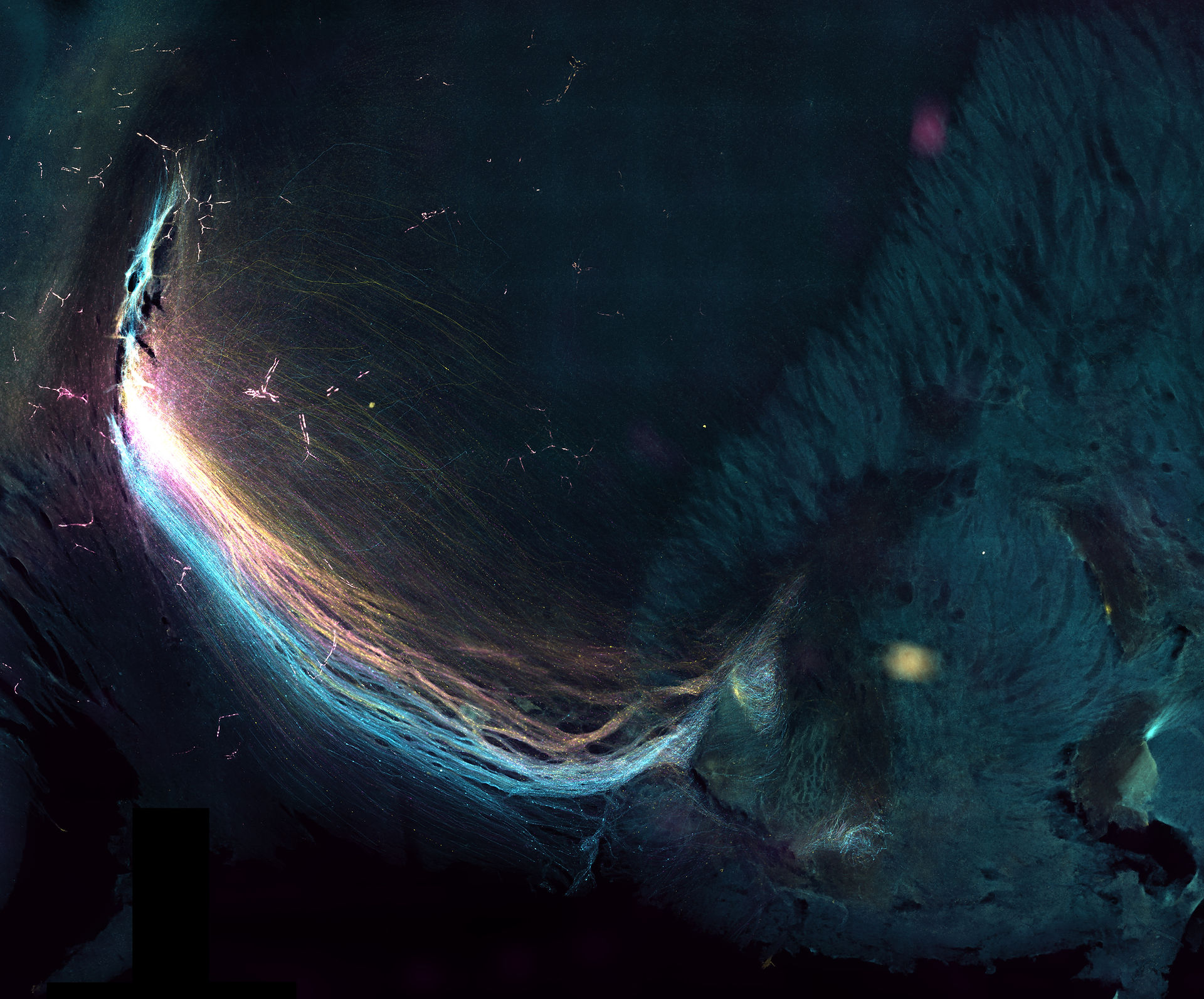top of page

Observational learning
Another major point of interest in the lab is social cognition, action understanding and observational learning. Observational learning is advantageous in the animal kingdom because it allows an individual to learn whether something is safe or not by watching a cohort and avoiding any risk to themself. This type of learning has been reported in species ranging from chimpanzees to pigeons (here is one of many reviews), yet the network mechanisms that make it possible are only beginning to be understood. Far more of the underlying neuroscience is known, for example, for how your brain allows you to see or know where you are located in space.
To get at where and how the brain learns new behaviors from conspecifics, we are using behavioral paradigms coupled with brain stimulation, pharmacology, genetic and anatomical approaches. One eventual goal, for example, would be to see how one animal's brain encodes the 3D posture of another. More to come on this...

Conceptual design for an observational learning paradigm in which one animal learns new patterns of behavior by watching a cohort.
We also recently published a paper in which we probed for mirror-like neurons in mice. Briefly, mice alternated between performing and observing simple, common behaviors, such as eating a piece of food or running on a running wheel (see figure immediately below from Tombaz et al., 2020):



We found widespread, stable correlates for performed but not observed behaviors both in the posterior parietal cortex (PPC) and frontal motor area M2 (below). Rather than conclude that rodents are incapable of comprehending the actions of their cohorts, we continue to attack the problem in ways that might better approximate how rodents interact naturally. Stay tuned.
bottom of page